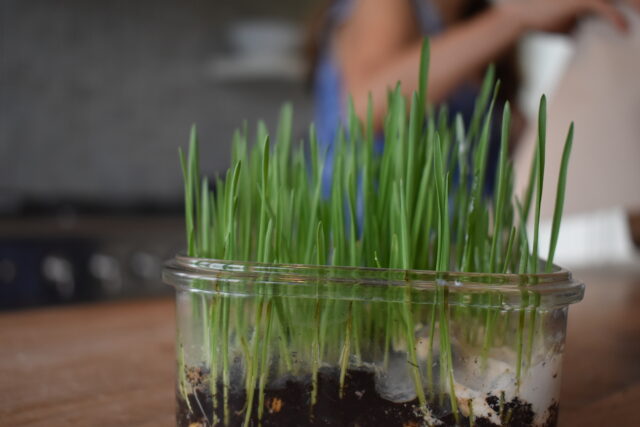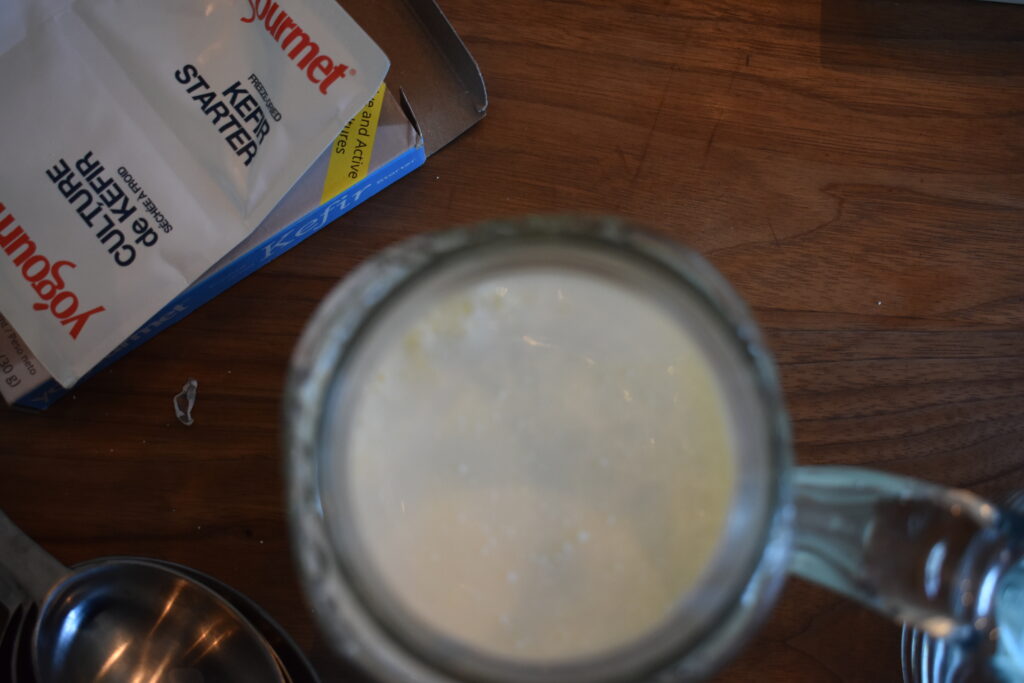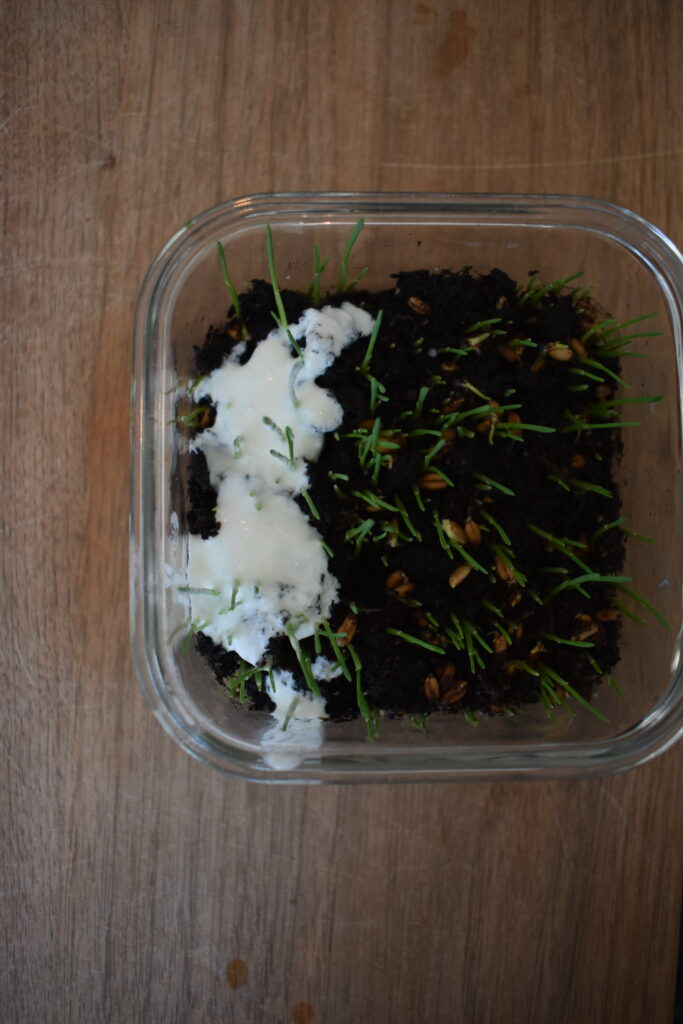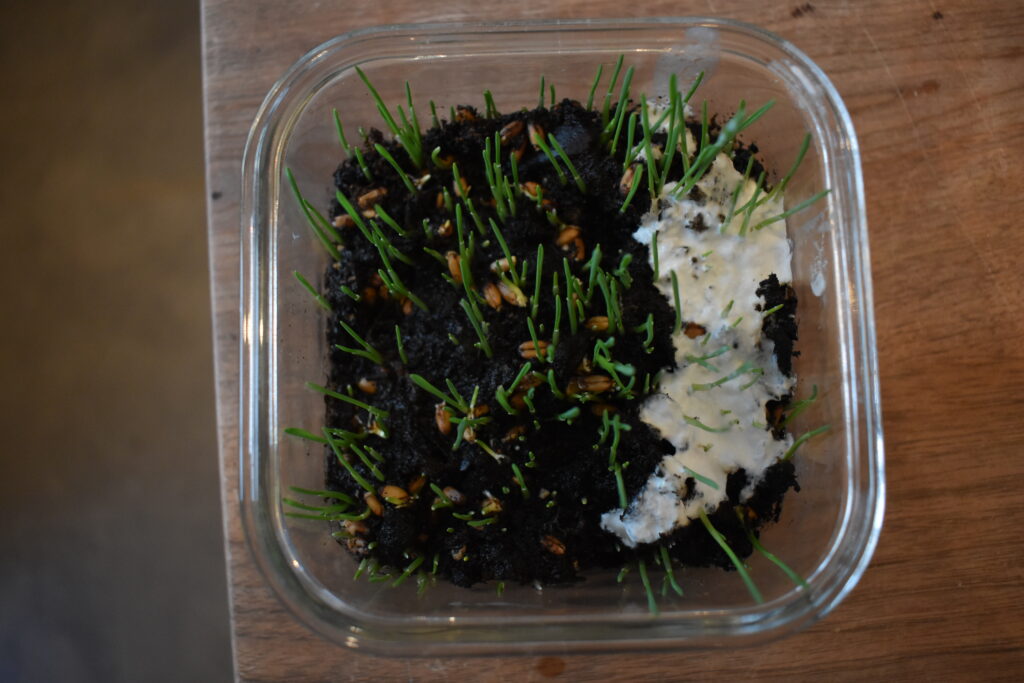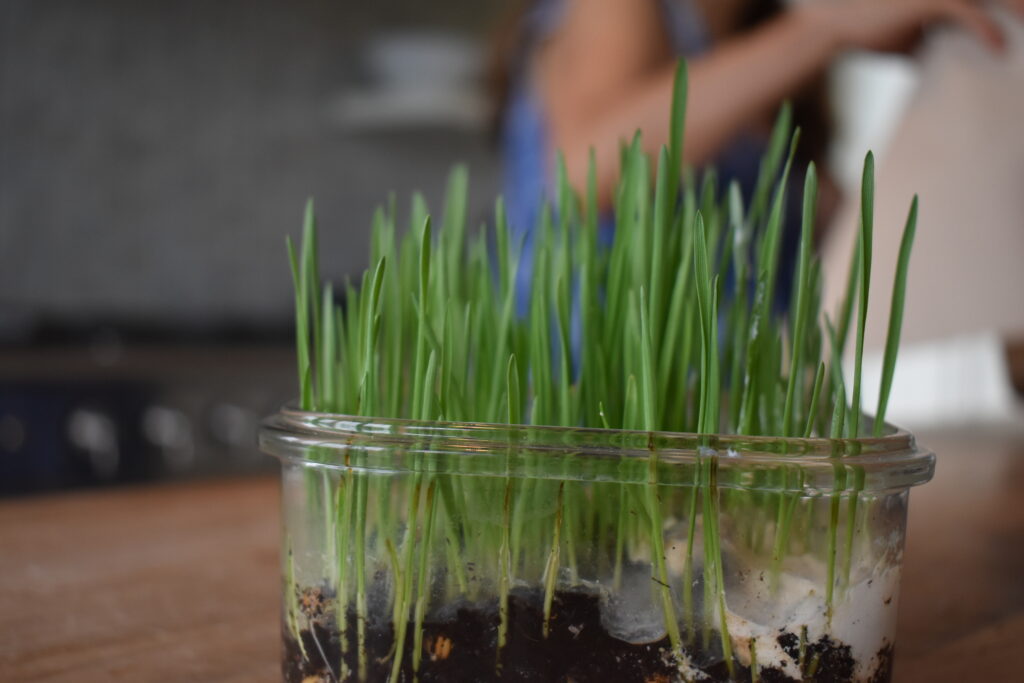When I think of “Biotech” the first that comes to mind is CRISPR. Yes, biotech includes genetic manipulation, DNA cloning, personalized DNA, Monsanto, among other things, but is biotech only meant to be harnessed by humans?
Building off my previous research, I curious was about microbial biotechnologies performed through fermentation. Food preservation is the oldest known usage of fermentation biotechnologies. Man has been employing microbes for the preparation of fermented food products for thousands of years. While technologies have advanced significantly, that art of fermentation practiced by the common man has continued. The skills of food fermentation are embedded in traditional knowledge systems among the native peoples of many areas of the world, and the knowledge is maintained and propagated orally. (Jashbhai Prajapati) What’s amazing about ferments is that, from Kimchi, Kombucha, saukerkraut, yogurt, and beer, (among others) food fermentation transcends the bio-technological. In many cases, ferments are a representation of one’s culture; In Korea, grandparents’ kimchi recipes are praised. In Turkey, the love for kefir is equivalent to German’s love for beer.
Oftentimes though, the cultural significance works against fermentation’s image as significant biotechnology that has the potential to literally save the world. In our westernized one-world view, we try to separate culture from science and deem traditional practices as inferior to modernized biotechnologies that exist. Part of this is due to the technological equipment and instrumentation we use today to control any potential “variables”.
Having said this, indigenous knowledge of fermentation biotech can play a large role in achieving sustainable development goals.
I am particularly curious in fermentation economies in southern hemishere in particular, Africa where growing populations coupled with unbearably hot and dry climates is putting people, animals, plants (and microbes!) at significant risk. But first I had to understand the landscape of fermentation across Africa.
Milk fermentation has had long ties with many localized indigenous groups across Africa. As said in “Rural Women Economic Empowerment, Indigenous Fermented Milk Porduction and the Challenges of Modernity, In Rwanda many women produce fermented milk called “ikivuguto” a popular fermented milk product that is produced by the “spontaneous acidification of raw milk by a microflora present both on utensils and wooden containers used for milk preservation and in the near environment of cattle” (Karenzi et al. 2013, 383). The final product, ikivuguto, resembles yogurt. Other cultures around the world perform milk ferments from Kaadam in Mali using leftover milk, to milk ferments including Ransack, Gariss, Biruni performed by the Sudanese. In Nambia, there is a traditional fermented frothy buttermilk known as omashikwa in Oshiwambo which is prepared by collecting fresh milk into a calabash (fruit in the shape of a gourd that grows in the region), followed by addition of omunkuzi (Boscia albitrunca) or omukwa (Adansonia digitata) roots, the milk is left to ferment for 3–4 days at ambient temperatures, commonly ranging from 30°C to 37°C. In Zambia is is a fermented traditional sorghum beer called chibuku; and a trio of traditional Zambian non-alcoholic beverages called mabisi, munkoyo and chibwantu.
As said by Adenike A. Akinsemolu, ” Fermentation is an economically-viable and green process by which fruits and vegetables can be stored for longer-term consumption (Ross et al., 2002). By employing microbes like Lactobacillus, Saccharomyces and Acetobacter, some primary and secondary metabolites with wide applications in food preservation are produced (Caplice and Fitzgerald, 1999; Ross et al., 2002). All of these fermented foods and beverages provide an affordable source of food and make a substantial contribution to the food and nutritional security of the rural population.
While Africa cultures have used fermentation as a food preservation biotechnology, it’s use in agriculture as a soil enhancer has not been fully realized unlike in Japan where incorporating fermented food in compost is a common practice known as Bokashi (adding the lactic acid from fermented foods allows for the organic waste to be broken down quicker). In the 1980s, a Japanese professor, Teruo Higa, began experimenting with Bokashi to recover rice crops in Japan that were destroyed after a tsunami in 2011 and the Fukushima disaster.
Can the importance of fermented soil microbes for agriculture move beyond Japan and filter into Africa? This is a question that is tricky as I cannot seem to find ample information – There is little research (that I have found) that has applied milk ferments for increased agricultural productivity.
However, I did find a study published in May 2020 titled “ Fermented Alfalfa Brown Juice Significantly Stimulates the Growth and Development of Sweet Basil (Ocimum basilicum L.) Plants.” This paper (as said VERY clearly in the title) highlights how the brown juice residue from alfalfa can be fermented and used as a biostimulant for soil. As said in the study, “the inoculation of Brown Juice with lactic acid bacteria was not only found to increase Brown Juice stability at room temperature but also substantially improved the nutritional characteristics of Brown Juice, through converting sugars into organic acids decreasing the pH to almost 4.5. Therefore, BJ seems to be an ideal component in animal feeding programs as well as plant nutrition and soil stabilization Fermented BJ can be applied as a very effective foliar biostimulant In alkaline, salt-affected soils, and sandy soils the expected benefits of using fermented BJ would be more due to the high content of macro and microelements, free amino acids. Additionally, the soluble sugars will facilitate and improve the growth of rhizosphere bacteria.” Alfafa is a drought tolerant crop that can grow in undesirable conditions. In Sudan, alfalfa crops are high yielding, therefore there application in fermentation to improve crop yields in an interesting line of research.
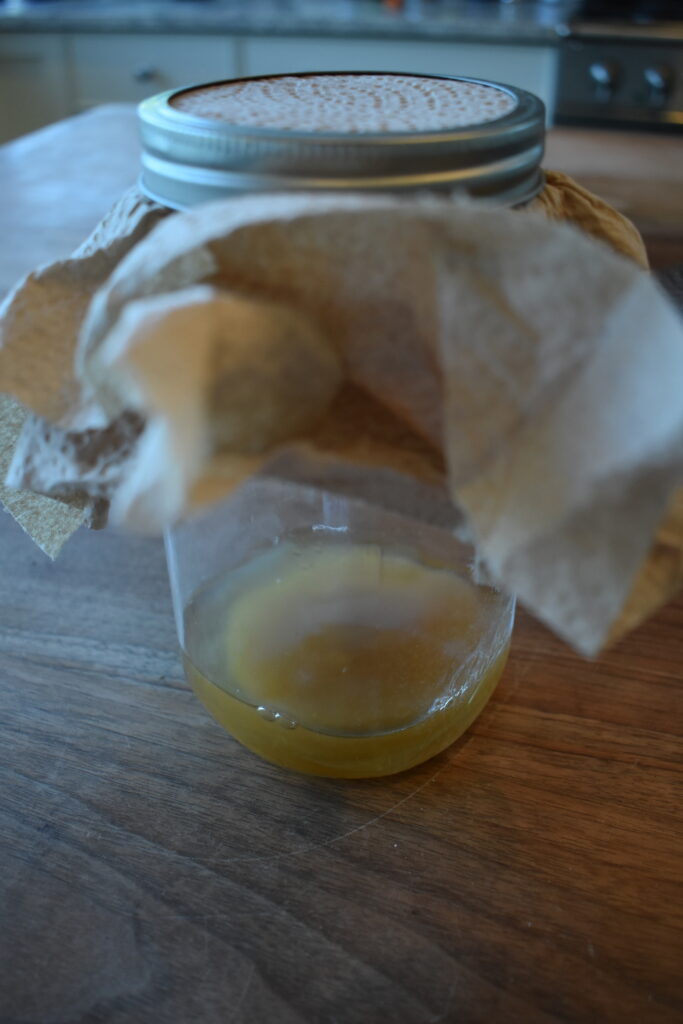
With this in mind I tried to grow and apply my own ferments to my plants to see what happens!
